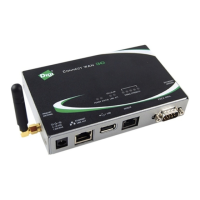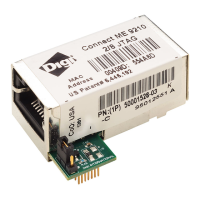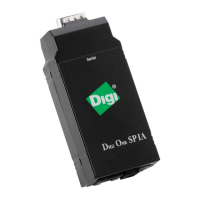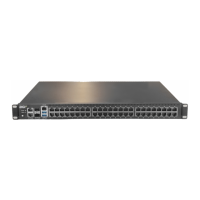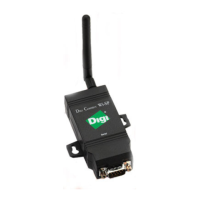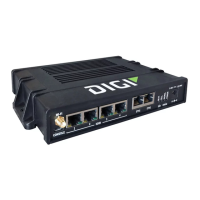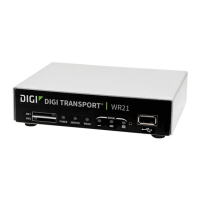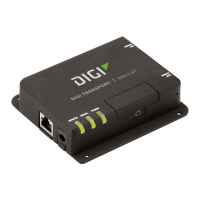Latency tuning Step 4: Optimize thenetwork and transport layers
Digi Connect Family and ConnectPort TSFamily
146
Command Option Description
set network garp=30-3600
(seconds)
Frequency of Gratuitous ARP(GARP) announcements, which are a
broadcast announcement to the network of a device’sMAC
addressand the IPaddress. These allow the network to update its
ARPcache tables without performing an ARPrequest on the
network. GratuitousARPannouncements can affect latency in a
limited way, because some systems stall or dispose of data that is
transmitted during an ARPcache refresh. If this happens, setting
the Gratuitous ARPfrequency to bemore often than the problem
system’stime-to-live variable can cause it to refresh the cache
without needing to perform a request.
set network rto_min=30-
1000
TheTCPmaximum retransmission timeout (RTO) in seconds. TCP
usesprogressively larger retransmit values, starting at a minimum
valuecalculated from a sliding window of ACKresponse round-
trip timesbounded at the bottom by rto_min. Essentially, rto_
min isnot necessarily the timeout that will be used as the starting
retransmit timeout, but the smallest such valuethat could be
used. This affects latency, because lowering rto_min can ensures
that retransmits, if they occur, take placein lesstime. By
occurring sooner, the network can recover lost data in lesstime at
the expense of possibly retransmitting data still in-flight or
successfully received by the other side, but unacknowledged due
to a “delayed ACK” mechanism or something similar.
set service range=range Theindex number associated with the service.
set service nodelay={on|off} Allows unacknowledged or smaller-than-maximum-segment-sized
data to be sent for the specified range of network services.
nodelay=off disablesNagle’salgorithm, which ison by default,
for some TCPservices. Nagle's algorithm reduces the number of
small packetssent. It establishes not sending outgoing data when
there is unacknowledged sent data, or isless-than-maximum
segment size (typically around 1500 bytesfor Ethernet) worth of
data to be sent. While Nagle's algorithm allows efficient data
transmission, there are timeswhere it isdesirable to disable it.
set service delayed_ack=0-
1000
Time, in milliseconds, to delay sending ACK packets in response
to received data for the specified range of network services.
Default is200 milliseconds. Setting this option to 0(zero) sends
an ACKpacket back acknowledge the received data immediately.
Setting this option to any other valuethan 0 meansthat the ACK
packet will be sent after the specified time. If the network services
generate new data during that time, the ACKpacket issent along
with the data packet. You can use thissetting to avoid congestion
and reduce network traffic, However, do not change this option
from its default setting unlessyou havea solid understanding of
network services and data transmission, or have been instructed
to the change.
Considerations for using latency-related command options
There are several considerationsfor using these latency-related command options:
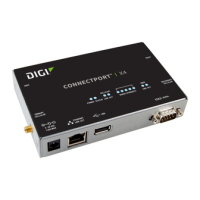
